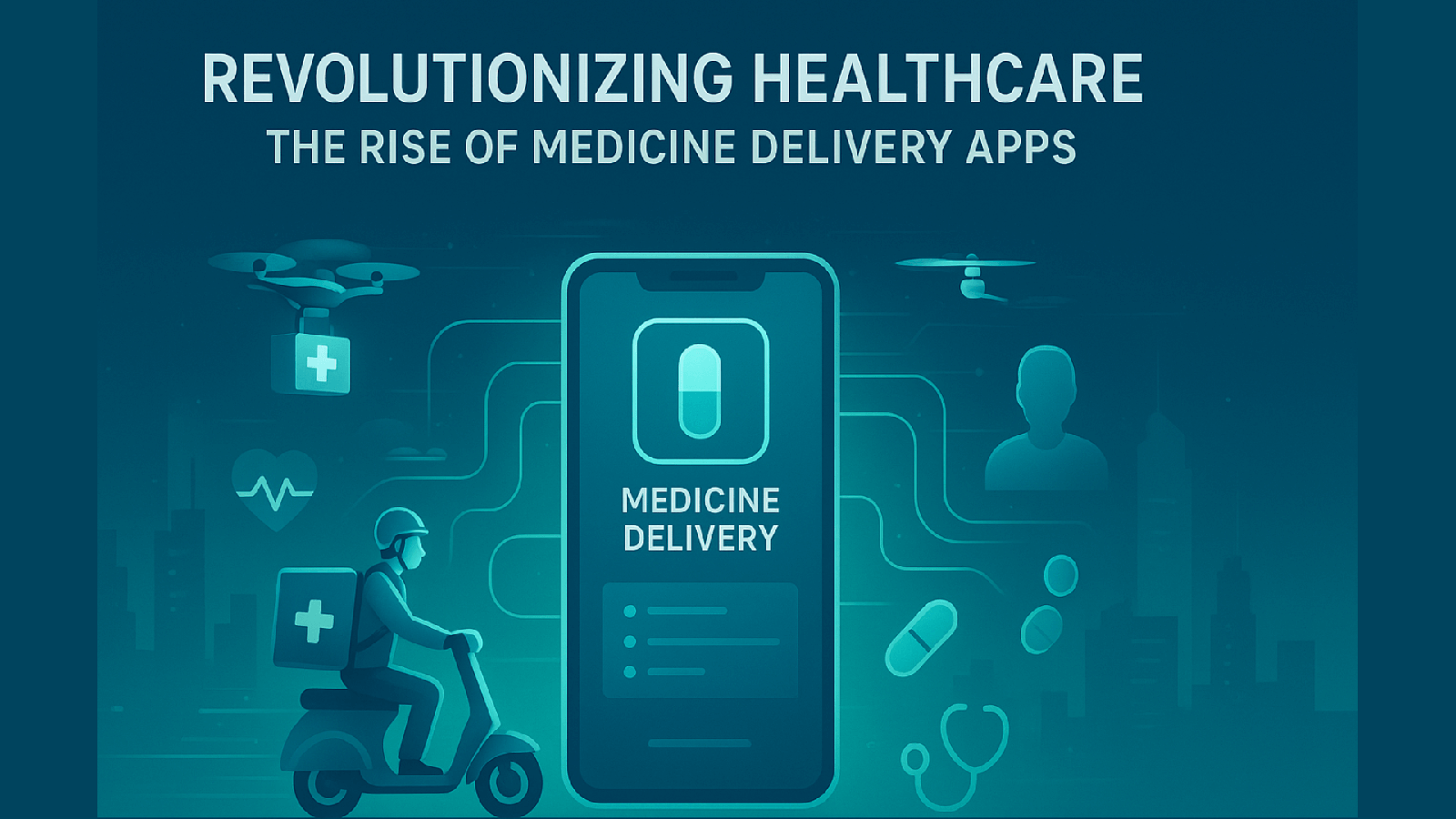
In recent years, the healthcare landscape has undergone a significant transformation, largely driven by advancements in technology and the increasing demand for convenient services. Among these innovations, medicine delivery apps have emerged as a game-changer, revolutionizing how patients access their medications and manage their health.
These applications not only streamline the process of obtaining prescriptions but also enhance patient engagement and adherence to treatment plans. As we delve into the rise of medicine delivery apps, we'll explore their evolution, key features, benefits, challenges, and the potential future of this burgeoning sector in healthcare.
Introduction to Medicine Delivery Apps
Defining Medicine Delivery Apps
Medicine delivery apps are the digital superheroes of the healthcare world, swooping in to save the day (or at least your weekend) by bringing prescriptions straight to your door. With just a few taps on your smartphone, these apps allow users to order medications, check availability, and often even consult with pharmacists—all without battling the lines at the pharmacy or risking an awkward conversation with the cashier. They’re like Uber Eats, but for your pharmaceuticals—because who wants to wear pants for a trip to the drugstore anyway?
The Market Landscape
The market for medicine delivery apps has exploded like a shaken soda can, with an increase in demand driven by convenience and the shift towards telehealth services. In 2023, the global medicine delivery industry reached billions in valuation, and it's expected to keep climbing. Startups and established pharmacies are jumping in, recognizing that customers want quick access to their medications, preferably without the hassle of old-school brick-and-mortar visits. With a variety of players in the game—including big names and niche providers—competition is hot, ensuring that prices stay reasonable and features stay innovative.
The Evolution of Healthcare Delivery
Traditional vs. Modern Approaches
Traditionally, getting your medicine meant a trip to the pharmacy—complete with waiting in line, wondering if you’d misremembered how many refills you had left, and dodging an awkward chat with the pharmacist. But modern healthcare has ditched that old-school approach for something far more convenient. Enter medicine delivery apps, which allow patients to order their meds from the comfort of their couches while binge-watching the latest true-crime series. This evolution is not just about convenience; it's about making healthcare more accessible and responsive to today's fast-paced lifestyle.
The Role of Technology in Healthcare Transformation
Technology is the secret sauce behind this revolution. With advancements in mobile apps, data analytics, and secure payment options, the healthcare landscape is becoming more user-friendly by the minute. Medicine delivery apps leverage these innovations to create seamless experiences for patients. Telehealth consultations, electronic prescriptions, and automated reminders all combine to form a high-tech ecosystem that empowers users to take charge of their health—no awkwardness involved. It's healthcare with a digital twist, and frankly, we’re here for it.
Key Features of Medicine Delivery Apps
User-Friendly Interfaces
The best medicine delivery apps boast interfaces so intuitive that even your tech-challenged uncle could master them (and maybe finally stop asking you for help with his phone). With simple navigation, clear prompts, and an aesthetically pleasing design, users can swiftly find what they’re looking for—whether it’s a lifesaving prescription or a last-minute sunscreen purchase. The easier it is to use, the more likely patients are to adopt this digital convenience, making user-friendly design a non-negotiable feature.
Real-Time Tracking and Notifications
No one enjoys waiting, especially when it comes to medicine. That’s where real-time tracking and notifications come in, allowing users to watch their orders like they’re tracking Santa on Christmas Eve. With updates on delivery status and estimated arrival times, patients can plan their day without worrying about whether their meds will show up while they’re in the middle of that important Zoom call. It’s peace of mind at your fingertips, and who doesn’t want that?
Prescription Management and Refill Reminders
Forgetfulness is a common ailment, and medicine delivery apps come equipped to combat it with smart prescription management features. Users can easily view their current medications, track refills, and even receive reminders when it’s time to restock. This reduces the likelihood of missed doses and ensures users never find themselves hastily Googling “What can I take instead?” at the last minute. It's like having a personal assistant for your healthcare—minus the salary and awkward small talk.
Benefits of Using Medicine Delivery Apps
Improved Accessibility for Patients
One of the most significant advantages of medicine delivery apps is improved accessibility. Whether you’re in a bustling city or a remote area, these apps provide a lifeline to medications that might otherwise be hard to come by. No more long drives or public transport adventures—patients can access the medicine they need without any hassle, making healthcare more equitable for everyone. It’s truly a game-changer.
Convenience and Time Savings
Let’s face it: life is hectic. Medicine delivery apps save users precious time that they would otherwise spend in traffic or inside a crowded pharmacy. With the ability to order medications at any hour (yes, even at 2 AM in your pajamas), patients can fit their healthcare into their busy schedules. Who knew health management could be so seamless?
Cost-Effectiveness for Healthcare Providers
It's not just patients who benefit; healthcare providers see the financial perks too. With apps streamlining the process, pharmacies can reduce overhead costs linked to in-store operations. Plus, less foot traffic means fewer chances for inventory mishaps. This cost-effectiveness can be passed along to patients, making prescription medications more affordable and accessible—a win-win for all parties involved!
Challenges and Concerns in Medicine Delivery
Regulatory and Compliance Issues
As medicine delivery apps become as common as your favorite pizza delivery service, they’ve also caught the attention of regulators. Navigating the complex web of healthcare laws and regulations is like trying to assemble IKEA furniture—everyone knows it’s going to be a challenge, and there’s always a piece missing. Companies must ensure they comply with local and national laws regarding prescription medications, which can vary widely. This means keeping up with things like licensure, pharmacy standards, and even how drugs are stored and transported. It’s a balancing act that requires finesse and, let’s be honest, a lot of paperwork.
Data Privacy and Security Risks
Let’s face it: no one likes a data breach, and the stakes are particularly high in healthcare. Medicine delivery apps handle sensitive patient information—think medical histories and medication lists—which makes them prime targets for hackers. Protecting this data isn’t just about having a solid password; it calls for end-to-end encryption, robust security protocols, and occasional cybersecurity drills (no, not the fun kind). Patients want to feel safe when they order their meds online, not like they’re signing up for a reality show called “When Data Goes Wrong.”
Potential for Medication Errors
You ordered your flu medication, but the app mistakenly sent you heartburn pills instead. Not exactly the wellness boost you were hoping for! While medicine delivery apps aim to streamline the process, the potential for errors remains a concern. Miscommunication between doctors, pharmacists, and delivery personnel can lead to patients receiving the wrong medications or dosages. With great convenience comes great responsibility—ensuring patients get the exact meds they need and are not left wondering if they ordered a side of heartburn with their flu shot.
Case Studies: Success Stories from the Field
Examples of Effective Implementation
Take a look at companies like PillPack—now a part of Amazon, because of course—where the integration of technology, pharmacy services, and delivery has redefined convenience. Patients receive medications pre-sorted and packaged by dose, eliminating confusion. Another great example is Medly Pharmacy, which combines a robust app experience with personalized care, ensuring medications are delivered right on time and with a friendly touch. These success stories are paving the way for how health and convenience can coexist without needing a magic genie.
Patient Testimonials and Experiences
Stories from real-life users breathe life into the data—like when Sarah, a busy mom of three, shared how a medicine delivery app saved her sanity during flu season. “I could have sworn I’d have to build a fort out of tissues, but instead, I just tapped my phone and a friendly delivery person handed me exactly what I needed.” Feedback like this gives a glimpse into the impact these services have on actual lives, showcasing how apps not only deliver meds but also peace of mind, one tablet at a time.
Future Trends in Medicine Delivery Technology
Integration with AI and Machine Learning
Hold on to your hats, because the future of medicine delivery is about to get a tech upgrade! With AI and machine learning, these apps can predict your medicine needs, manage inventory better than you manage your sock drawer, and even offer personalized reminders to take your pills (like a gentle nudge from your mom). Imagine an app that knows you so well it can detect when you’re heading for a cold and send you the right meds before you even start sneezing. Now that’s what we call futuristic service!
The Impact of Telemedicine on Delivery Services
Telemedicine has changed the game faster than you can say "virtual appointment." With doctors now able to prescribe medications through video calls, the synergy between these services and delivery apps is a match made in healthcare heaven. Imagine finishing your virtual check-up and receiving a text saying your prescription is on its way to your door—it's like having a personal assistant, only less judgmental when you accidentally binge-watch shows instead of working out.
Potential for Global Expansion
Medicine delivery apps are not just a trendy urban lifestyle choice; they have the potential to reach even the most remote corners of the globe. As internet access expands and mobile usage increases, the opportunity to provide essential medications to underserved populations is becoming a reality. Companies are exploring partnerships with local pharmacy networks and delivery services worldwide, which could mean that the next resident of a remote village might receive their medication faster than your pizza delivery on a Friday night.
Conclusion
Call to Action for Stakeholders
It's time for everyone involved—healthcare providers, app developers, and regulatory bodies—to step up and collaborate. This isn’t just about building better apps; it’s about creating a holistic system that prioritizes patient safety, data security, and accessibility. Let’s harness this momentum to ensure patients not only have access to their medications but feel supported every step of the way. If you want to be part of this healthcare revolution, now's your chance to get involved!
Vision for the Future of Healthcare Delivery
Imagine a world where your health is as easy to manage as your grocery list. The future of healthcare delivery isn’t just about getting your medicines; it’s about holistic wellbeing. With continuous innovation, we can dream of an integrated system where technology meets empathy, ensuring that every patient receives timely and effective care. It’s not just a vision; it’s a necessary evolution in the way we think about health, where convenience, personalization, and safety ride shotgun on the road to recovery. Let’s buckle up!
As medicine delivery apps continue to evolve and integrate into the healthcare ecosystem, they hold the promise of making healthcare more accessible, efficient, and patient-centered. While challenges remain, the benefits these apps provide can significantly enhance the patient experience and improve health outcomes. By embracing this technology and addressing the concerns associated with it, stakeholders can pave the way for a more innovative and responsive healthcare system that meets the needs of a diverse population. The future of medicine delivery is not just about convenience; it is about transforming healthcare for the better.
Frequently Asked Questions (FAQ)
1. How do medicine delivery apps ensure the safety and accuracy of medications?
Many medicine delivery apps employ licensed pharmacists to verify prescriptions and ensure that medications are dispensed correctly. Additionally, they often use tracking systems to monitor deliveries, ensuring that patients receive the right medications at the right time.
2. Are medicine delivery apps available for all types of medications?
While many medicine delivery apps offer a wide range of prescription and over-the-counter medications, availability may vary based on the app's partnerships with pharmacies and local regulations. It’s essential to check the app for specific medication offerings.
3. Can I use my insurance with medicine delivery apps?
Most medicine delivery apps accept various forms of insurance; however, coverage can differ based on the app and the insurance provider. Users are encouraged to check with their insurance company and the app to understand their coverage options.
4. What should I do if I experience a problem with my medication delivery?
If you encounter any issues with your medication delivery, such as delays or incorrect orders, you should contact the customer support team of the app immediately. They can assist you in resolving the problem and ensuring you receive the correct medication.

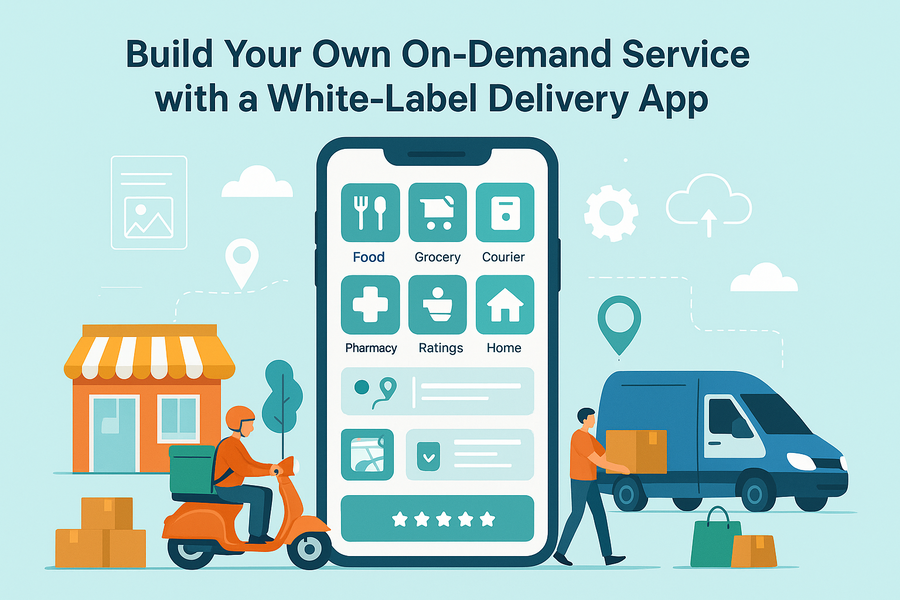
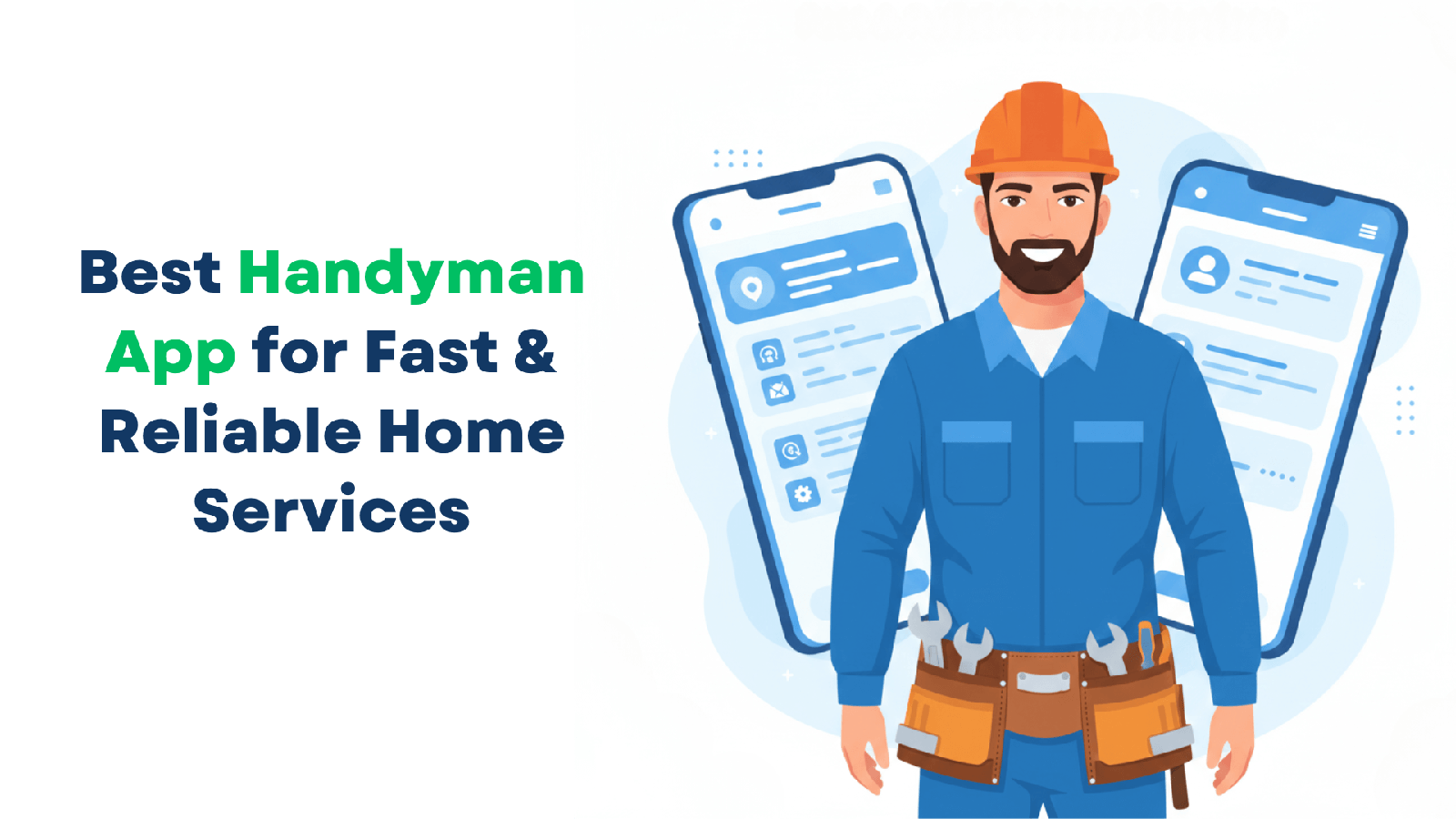

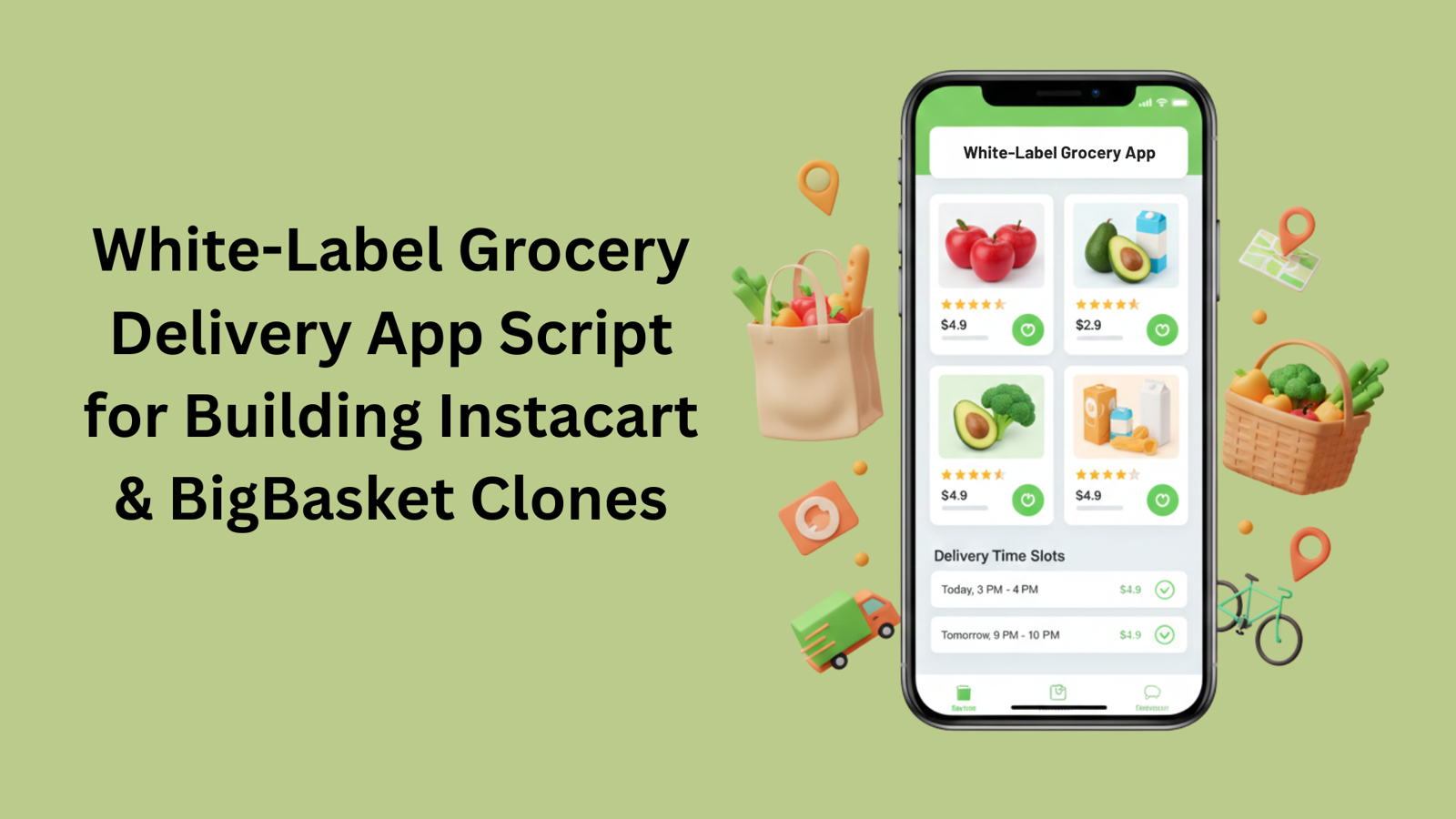
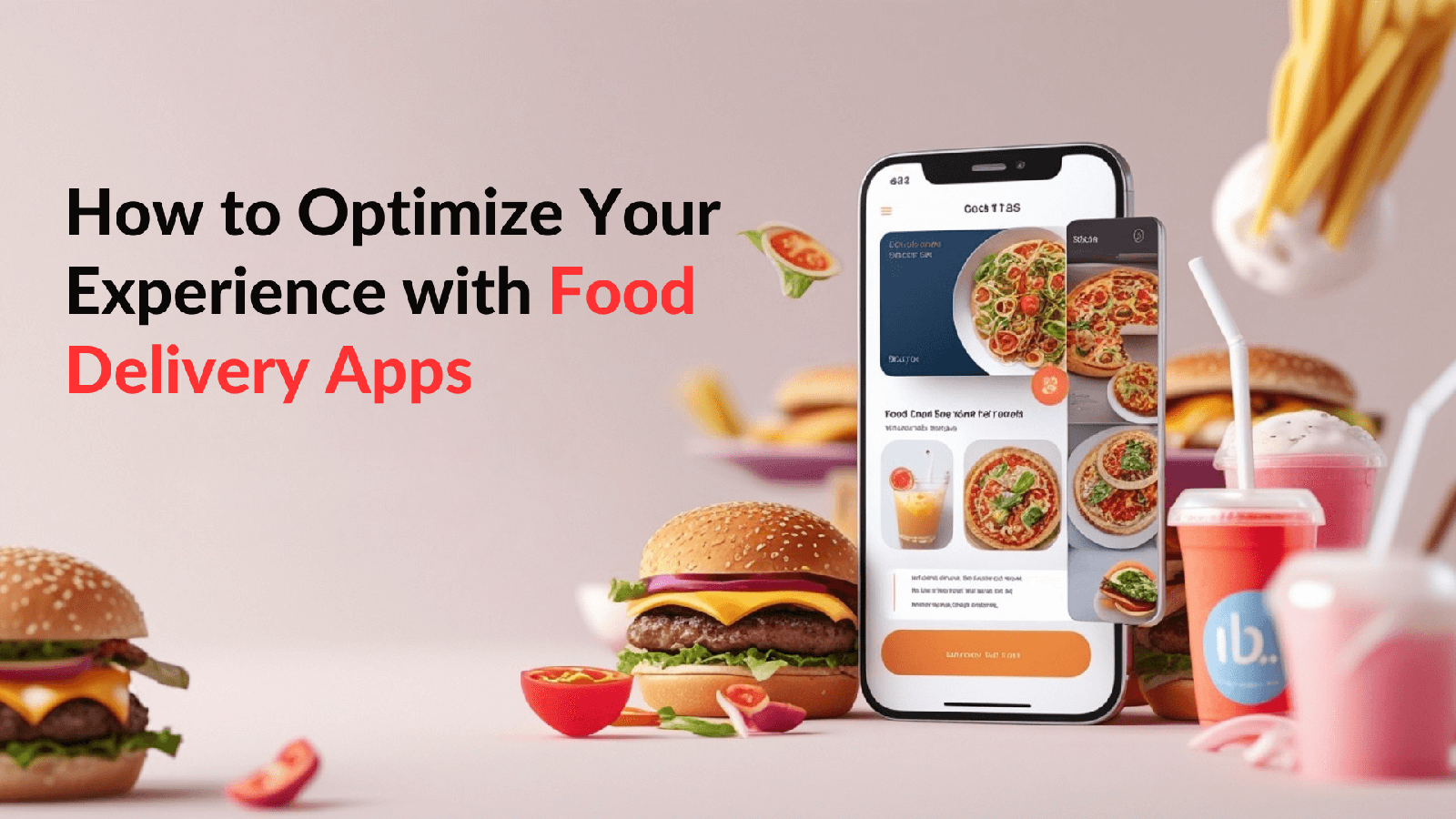
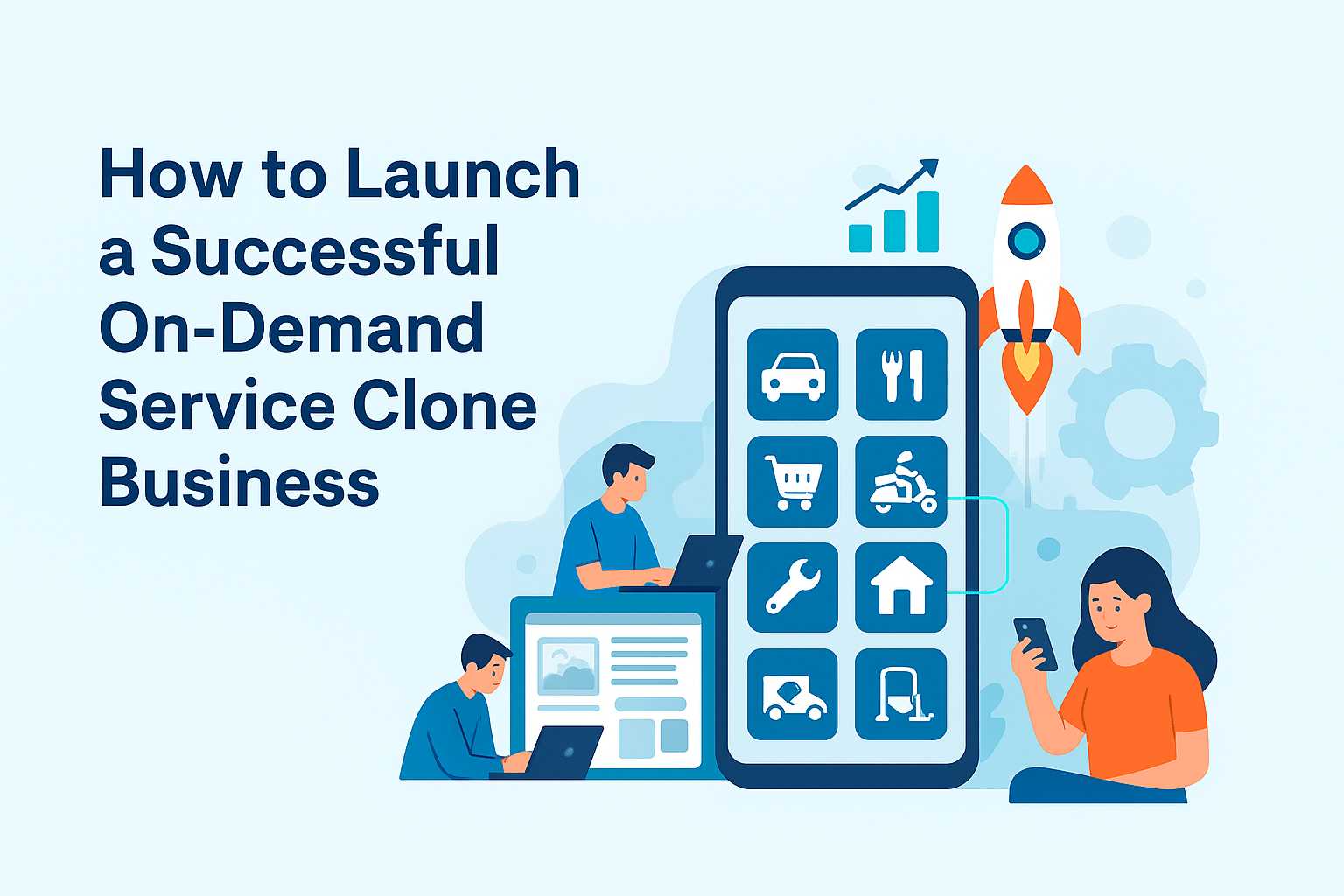
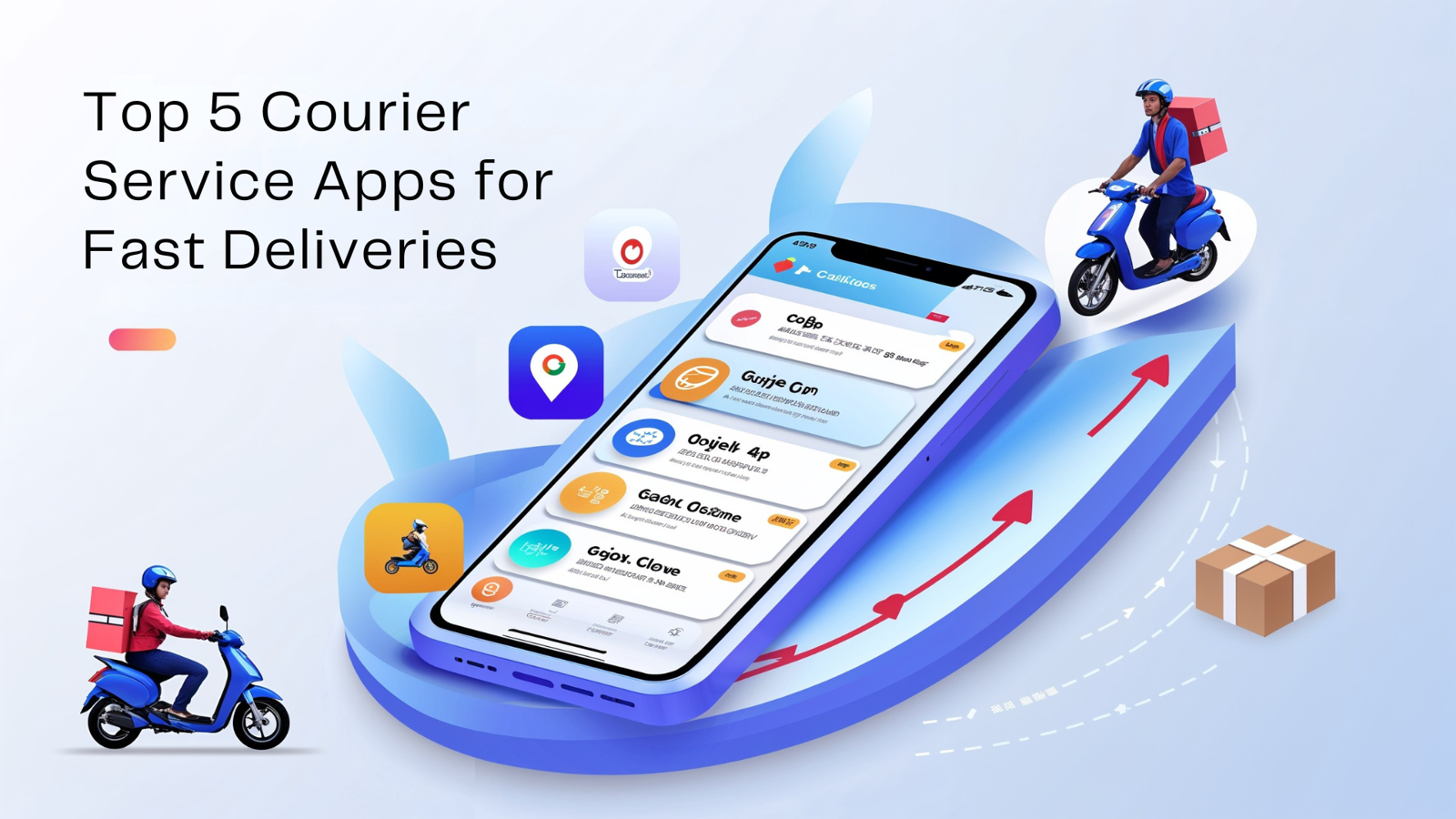
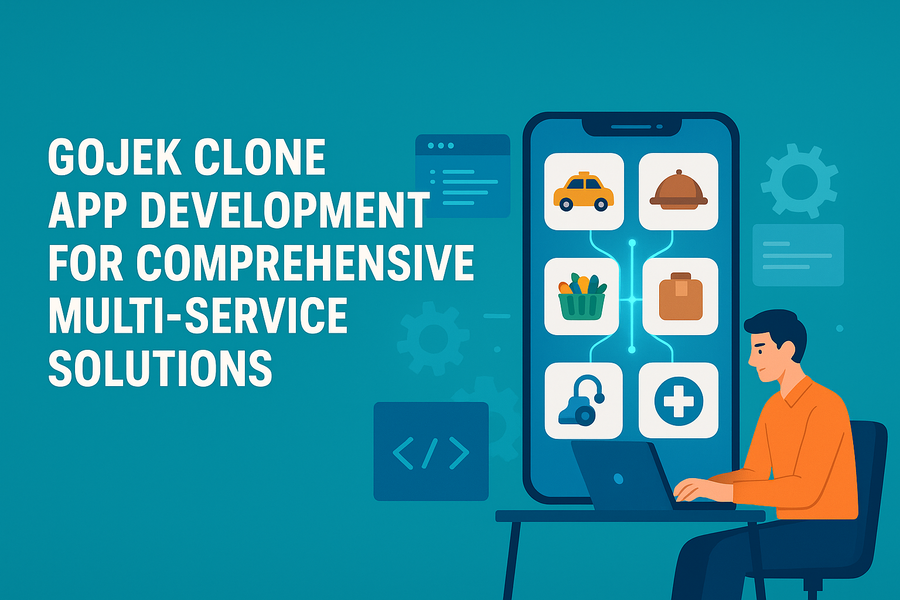

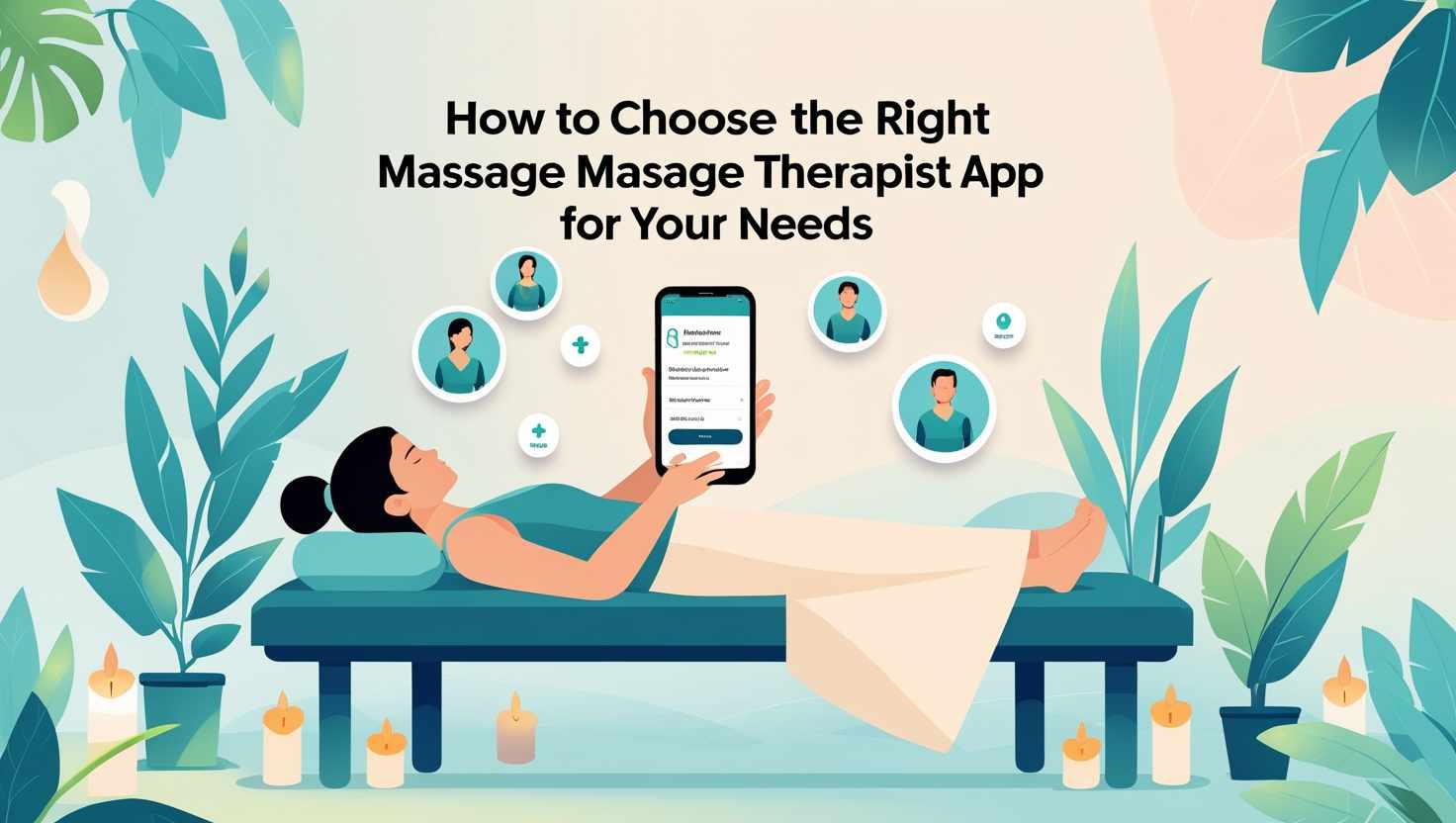
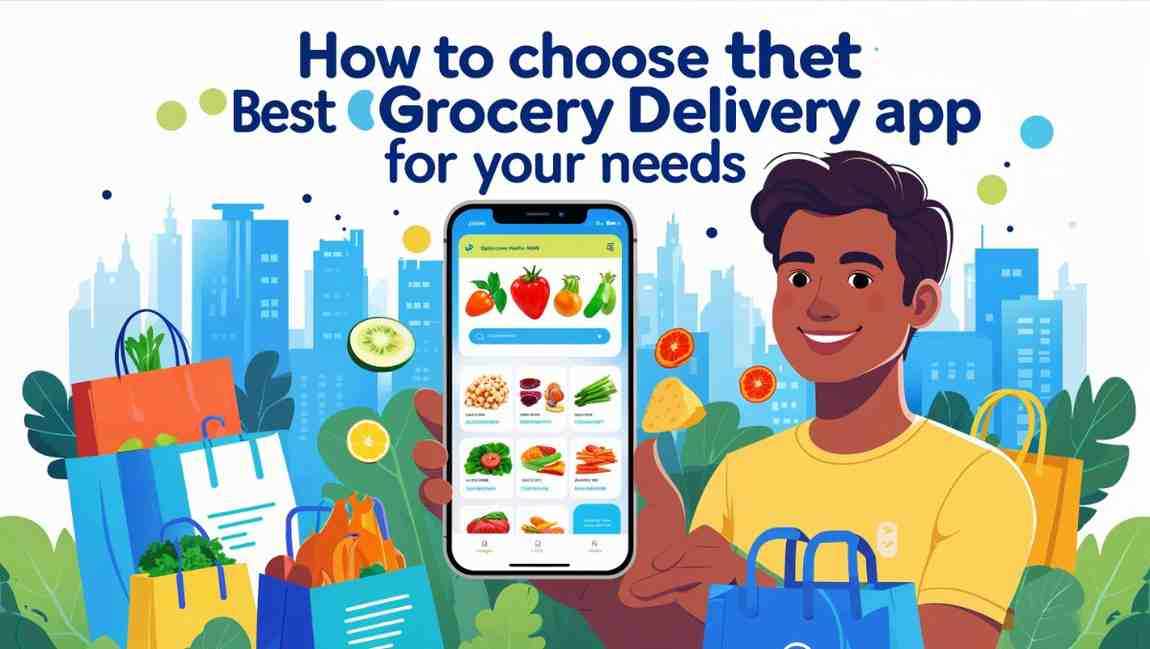


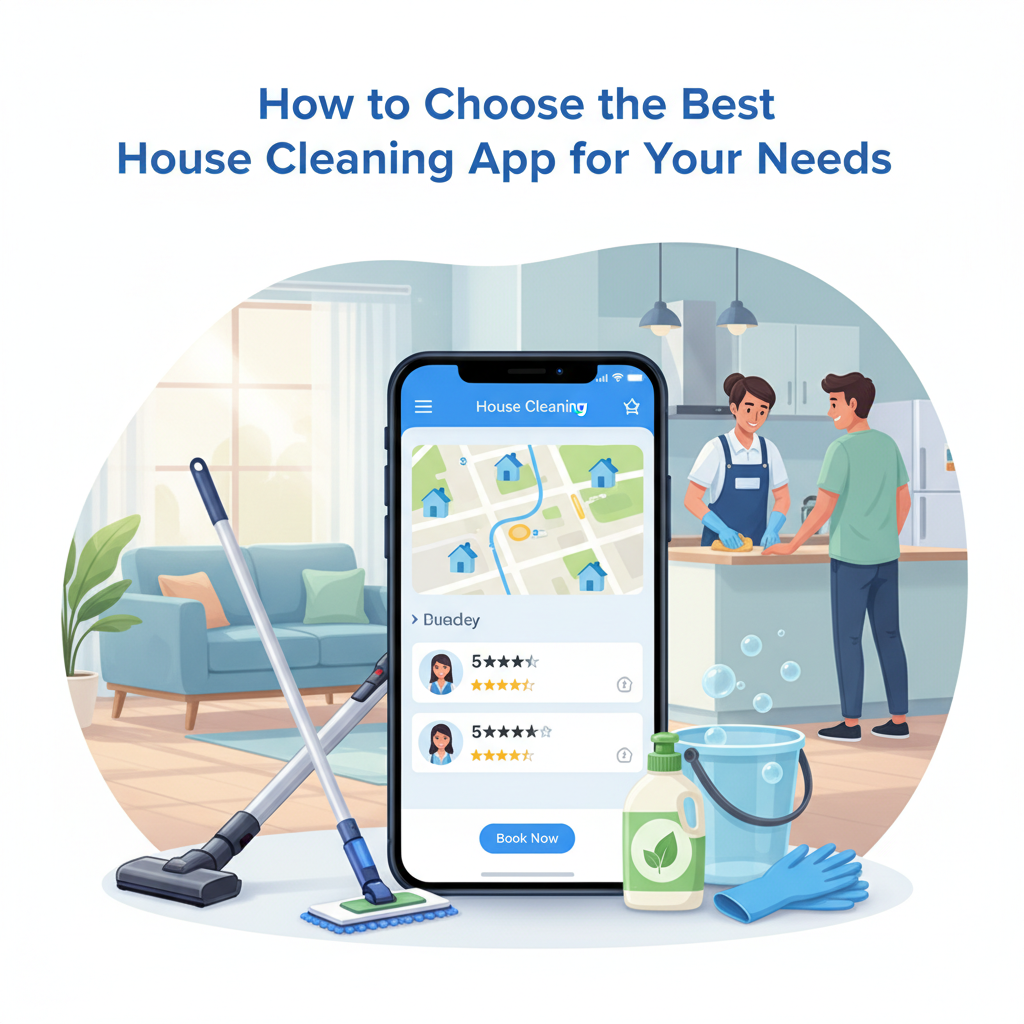
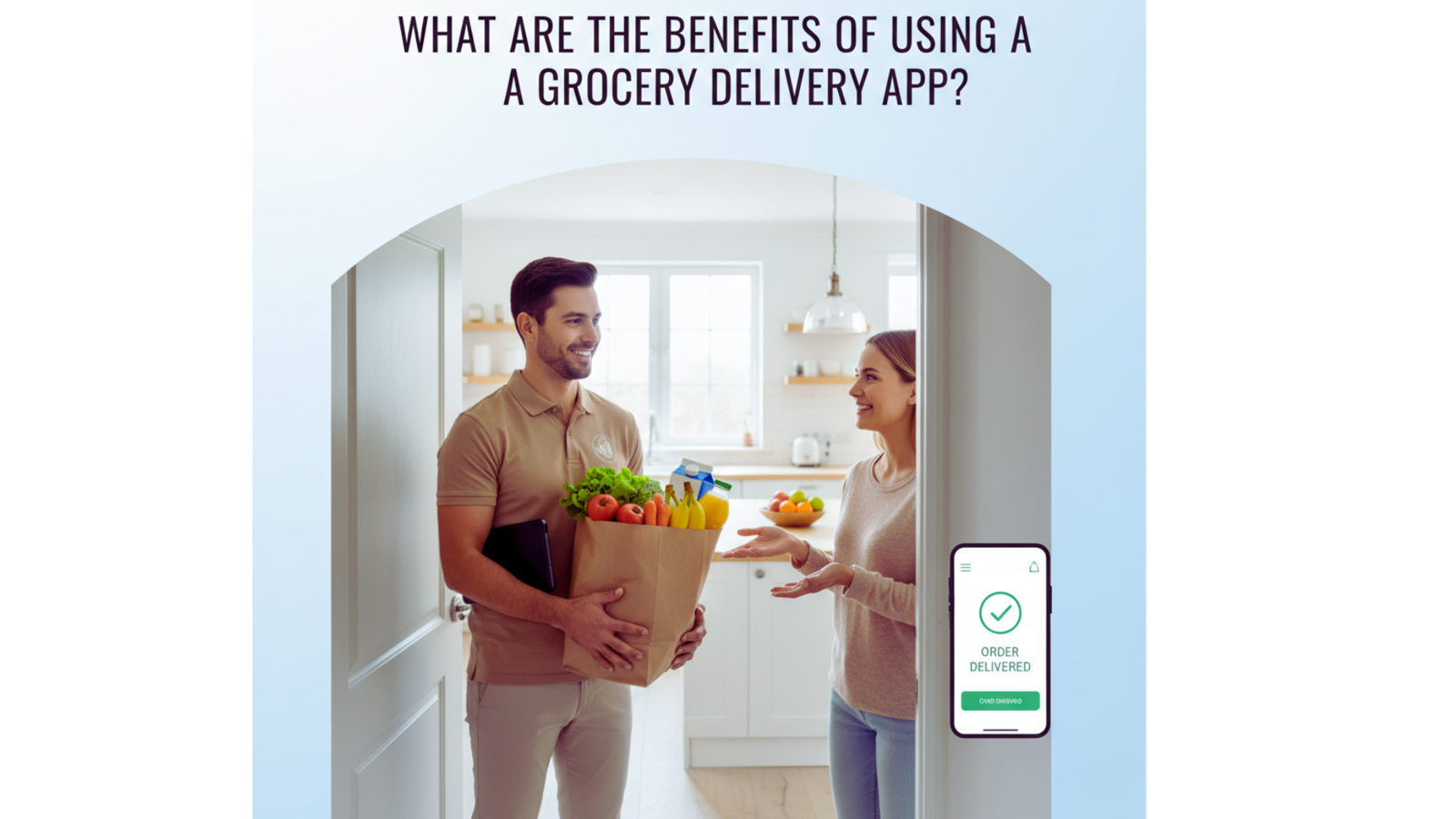
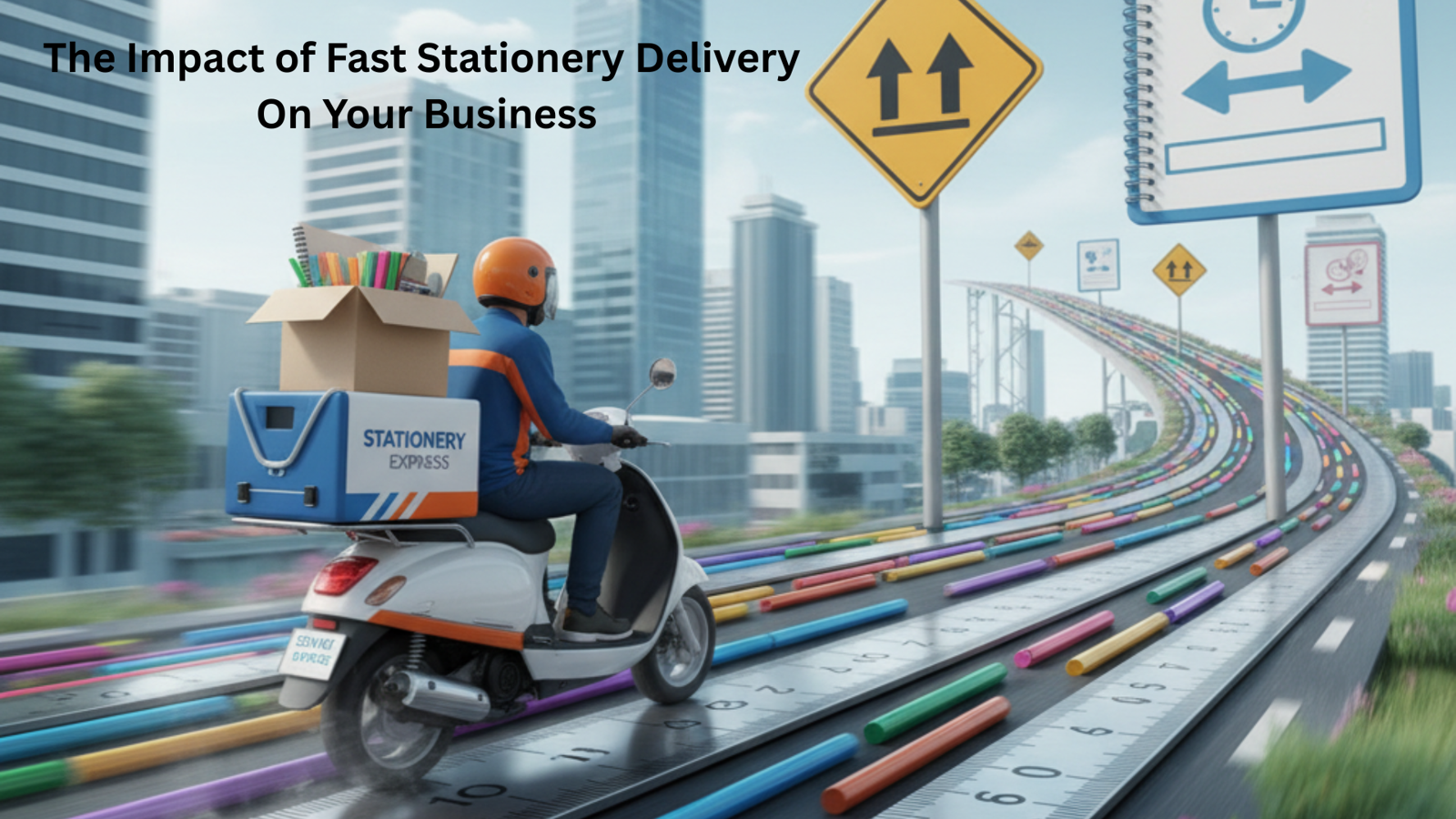


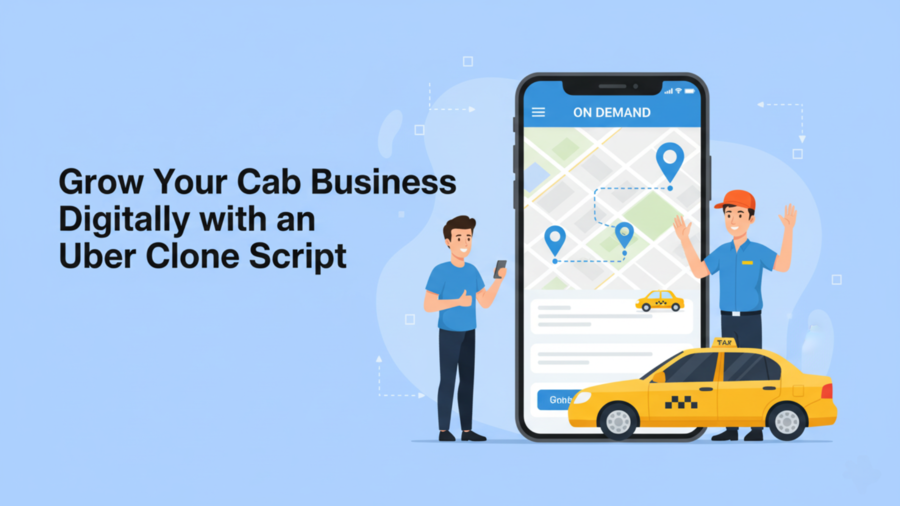
Write a comment ...